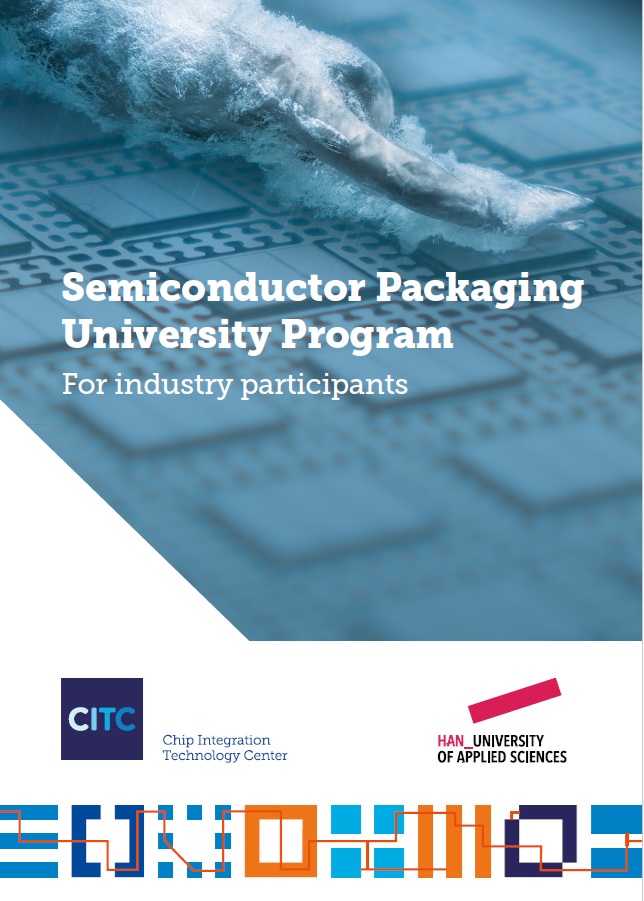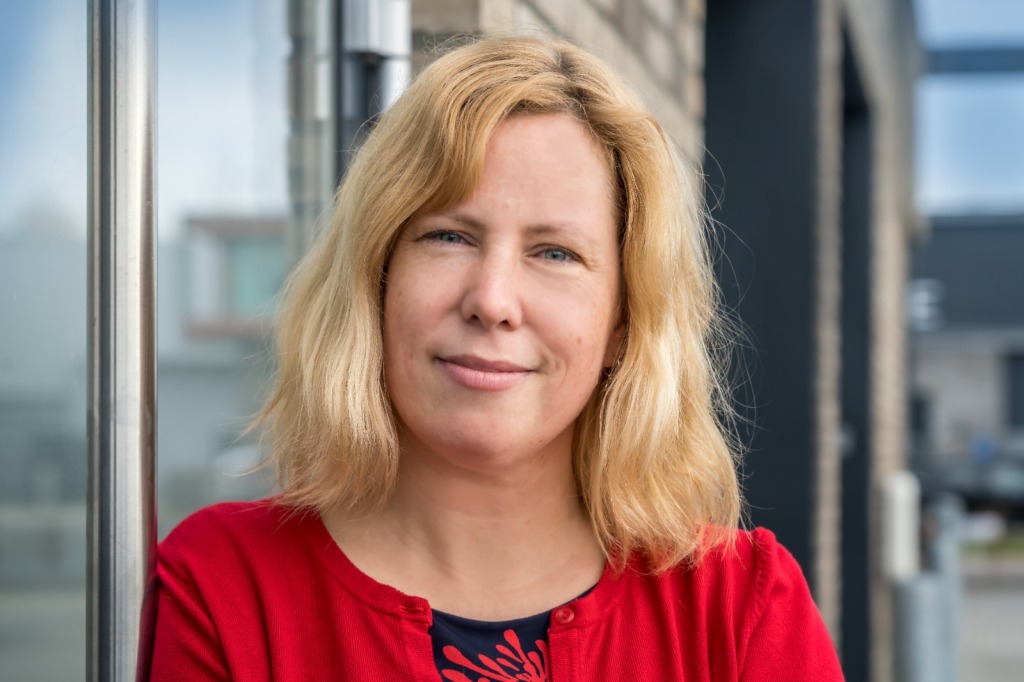New perspectives on innovative business
If a company develops technical new products or services in the Netherlands, they could be eligible for Dutch tax incentives. These tax incentives can be very attractive for most business. In order to qualify for the tax incentives, several criteria have to be met. BDO can assess if your company could qualify for the tax incentives. Thereby we can support with the application and implementation of the tax incentives.
The Dutch government offers companies two tax incentives: the WBSO and the innovation box. These tax incentives encourages companies to occur Research and Development (R&D) activities in the Netherlands.
WBSO
You can invoke the WBSO during the research and development stage of your innovation. This entails a reduction in the payroll tax liability for wage and other costs as well as expenditures associated with the research and development work for your innovation. This reduction may run up to 40%. For the WBSO is involved the development of (components of) technically innovative physical products, physical production processes or software components, or technical and scientific research.
All kind of innovative developments could be eligible for the WBSO. The WBSO can take effect at any time during the research and development stage, however the WBSO does not have retrospective effect. Applications for the WBSO can be submitted at RVO each month and the application period could start (at least) on the first day of the following months. Only exception is applications starting as from 1 January, which should be submitted before the 20th of December. The period for which a company could opt for the WBSO, should be at least three months within the same calendar year.
Innovation box
The innovation box offers a reduction on the corporate income tax paid on profits generated from innovations. Subject to meeting the conditions, companies will owe no more than 9% corporate income tax on your ‘innovative’ profits. With effect of 1 January 2017, a patent or plant variety right alone is no longer sufficient to qualify for the innovation box. To demonstrate that you have self-developed an innovation, qualification under the WBSO is now the decisive criterion.
Large companies with a global revenue of more than 250 million euros over five years or income from innovations of more than 37.5 million euros over five years are required to meet additional criteria, i.e.:
- A patent or plant variety right (granted or requested);
- Software;
- Authorisation for marketing a medicine;
- A protection certificate from the Netherlands Patent Office;
- A registered utility model to protect an innovation (not being a design right).
The innovation box can be applied to the years in which the conditions are being met. Contrary to the WBSO, the innovation box can be applied with retroactive effect to all years for which the corporate income tax assessment is not final yet.
BDO: specialist in tax incentives
The WBSO and innovation box could offer companies significant tax savings in the Dutch wage tax and the Dutch corporate income tax. Unfortunately, our experience shows that companies often do not (optimally) use these tax incentives. BDO has experience with the WBSO and innovation box for a variety of companies. We can assess whether your company could qualify for these tax incentives and if so, file an application at the competent government agency. Furthermore, we can also help you with the implementation and optimization of the these tax incentives.
Yours to gain
- Savings on wage and other costs as well as expenditures;
- Reduction in corporate income tax liability;
- Alleviation of administrative burden;
- Boost in innovation.
New transparency
Tax laws and rules are constantly changing and tax issues are becoming increasingly complex. What is more, the social pressure for transparency is intensifying. How can you, as a managing director and/or business owner, best maintain a clear overview when facing such a dynamic tax landscape? And how do you set clear tax objectives for the future? BDO tax advisers provide new transparency by examining your business from a fresh and independent perspective. We are able to translate complex tax issues into coherent recommendations and tangible solutions. We work closely with you to ensure your professional and personal goals are attained. In dialogue with you, we develop a clear-cut tax strategy that leads to sustainable success.
More information?
BDO specialises in tax incentives. Our specialists combine their knowledge with practical experience of your sector to provide tailor-made services. The initial scan is always free of charge.





